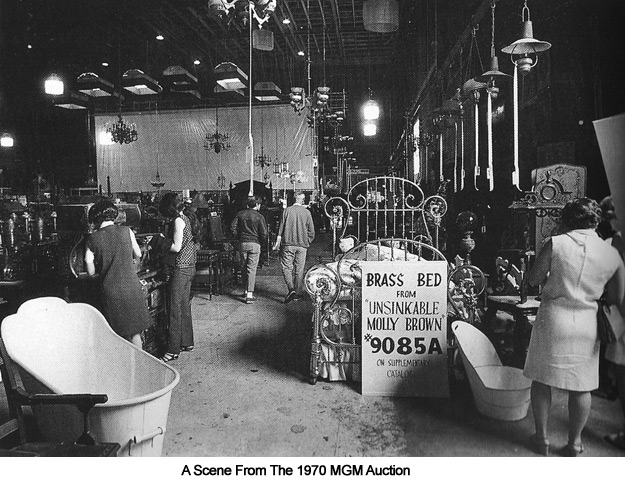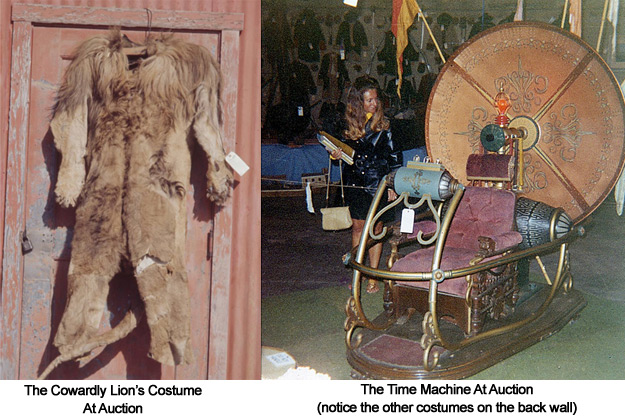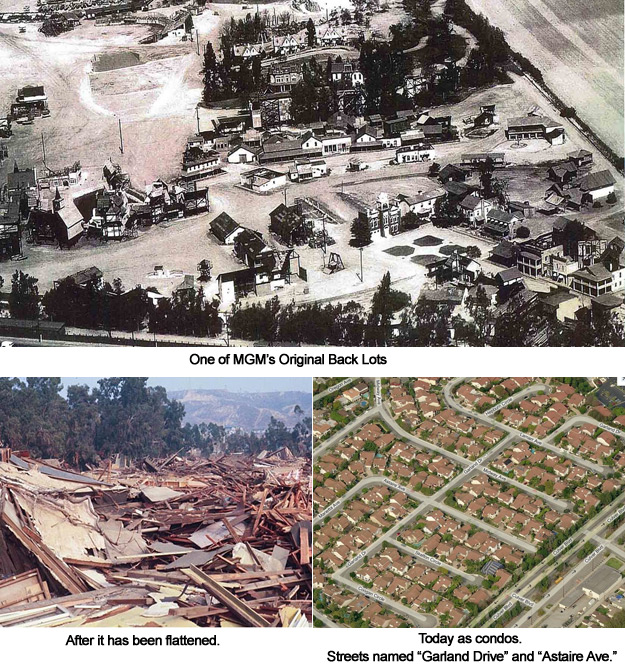“Without community, none of us feel accountable to anyone else.”
-Colin Beavan
I found that to be a compelling line of dialogue from the movie No Impact Man.
This has me considering the current state of publishing and media. As I watch companies look for sustainable revenue streams that ensure their survival, I often wonder if decisions are made in order to be accountable to shareholders (profit) or the communities they serve.

I do not mean this in any sweeping anti-corporate manner, nor that anyone at any publishing or media company is intending to do harm within their market or business. I consider it more in terms of how do we measure and value the effects of our actions. And how often does profit overshadow other benefits at a company, within a community, and within our culture. Is that how one becomes a part of the fabric of a community, because they drive more dollars through it than anyone else?
Every day, we read headlines about big negotiations over ebook pricing, partnerships and acquisitions, new product launches, and the like. And often, they are framed in business jargon.
“Community” has become a catch phrase in media and marketing. I discussed this the other day in a post titled You Don’t Sell To A Community. You Support A Community. It is always tempting to believe that revenue equals properly serving a community. That if dollars are flowing, if product is moving, that the community must be happy, and the company must be a linchpin in that market. But I think that’s a dangerous measure.
Cartoon Breakfast
That’s why we have 20 kinds of Pop-Tarts, 60 kinds of cartoon branded fruit snacks, and hundreds of sugary cereals available as breakfast food in a single aisle of my local supermarket. NONE of these products are adequate nutrition for a breakfast, and yet they are marketed and sold as if they are.
So, are the companies producing these sugary treats best serving their market? From a revenue standpoint, I suppose. But from a health standpoint, from a community standpoint of working parents trying to feed their kids nutritional items on a budget? Nope. They are failing by that measure.
Without a doubt, the kids won’t complain. They sugary treats are tasty AND they have Dora on them. What’s not to love? And shareholders at the food companies are happy because revenue is up.
Who complains? No one does until the cumulative effect of consuming this junk catches up with people in 30 years. But then it’s not a cartoon breakfast problem, it’s a health care issue. As if one has no relation to the other.
What does this have to do with media and publishing? Simply illustrating a point – because product moves, because revenue is up, it does not always equate the best way to serve a market and the communities within it.
Not All Cartoons Are Marketing Machines
Why did Bill Watterson never license his Calvin & Hobbes comic strip into products such as stuffed animals, bumper stickers and t-shirts? In the 80s and 90s it was a very popular strip, fans would have loved the merchandise, and Mr. Watterson would have made millions. Consider how much the Garfield creator must have made off of those suction cupped stuffed animals in everyone’s car windows back in the day, in the cartoon revenue, and in the 27 categories of merchandise for Garfield products on Amazon.com.
Why didn’t Bill Watterson follow this route? Because he knew it served the marketing machine, but not his fans. Because a market is not a community. That producing millions of products made in factories didn’t extend the Calvin brand, didn’t better serve his community, but merely lead to taking money from these fans, and filling our landfills with more plastic junk.
Sure, he would have profited, but he seemed to feel there is more to life than money. As Mr. Watterson states in a 1987 interview:
“With a lot of the marketing stuff, the incentive is just to cash in. It’s not understanding what makes the strip work. The motivation is the work itself and having a job I’ve aspired to since I was a kid. I wouldn’t be doing this if I were just in it for the money.”
Do publishers and media companies need products to sell? Absolutely.
Do they need to scale these sales across enormous markets? Absolutely.
Should revenue be the only way we measure how we serve our communities? No, they shouldn’t be.
Revenue is awesome. I have nothing against it, and am not an advocate of the “everything should be free” meme. I believe in paid content, in digital products, in the App economy. I believe publishers and media companies should diversify their product offerings and expand into being service providers as well. I think they would do well to expand the definitions of what their role is, the types of products they offer, and the markets they serve. And yes, publishers and media companies should strive to be VERY profitable.
But they should not confuse this with serving a community, and should consider what metrics do measure their effect within the communities they serve. These companies are a part of a complex ecosystem, one whose needs and health can’t be measured by profit alone.
Let me know if you think I can help you better serve your community.
-Dan
973-981-8882 | Twitter: @DanBlank | dan@danblank.com






